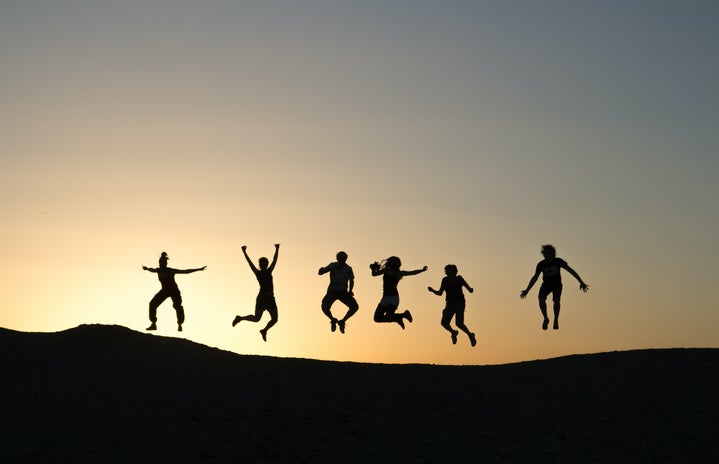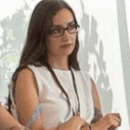This past week, I scanned the audience at a conference I was attending focused on land conservation. I found, with no surprise, it was mostly white men. This sparked an important conversation with two fellow attendees I connected with on this issue. Now first I’ll stop to say, yes I am white, and yes, this is uncomfortable for me. Since I am white and hold privilege, I could easily say something wrong in this piece. Please feel free to reach out to me if you think I can change and improve, I am fully open to learning all that I can.
Environmental work must include diverse leaders because environmental issues cannot be separate from health issues, and even, in most cases, social issues. If we are not hearing from certain communities, we are not adequately providing safe and healthy places for them. The organization Green 2.0 is reporting on diversity statistics of major non government environmental organizations. See the chart below to see all the data combined and check out the full scorecard here to look up specific organizations.
As you can see, people of color are extremely underrepresented in these organizations. This should not be happening, especially with the sudden popularity of Environmental Justice in public discourse. To be clear, the popularity should have nothing to do with it. I’m just pointing out that it is harder to ignore the issues at hand. Environmental Justice became a movement in the early 80’s as an offshoot of the civil rights movement. It sought justice for black and brown people who lived in close proximity to toxic waste dumps, landfills, and trash incinerators that put them at risk of health issues. This also depreciates the value of their properties and limits their access to green space. Look at the practice of redlining; it was used historically to keep people of color in low quality housing and is also important to this discussion. This meant many neighborhoods could be defined by their racial makeup, which made it much easier for those in power to take advantage of these neighborhoods as well as in the criminal justice system.
At another conference, I attended I went to a session on Environmental Justice, hoping to gain new knowledge on how our state is tackling this problem. Instead, what I encountered was a white woman leading the session that skipped over the racial context when giving the definition and failed to mention it throughout her presentation. This should not happen; white people, this is our responsibility! We must do better; denying there’s a problem to make ourselves feel more comfortable is perpetuating the systemic racism that exists in our society.
The conversations and perspectives I gained at this conference have motivated me to work on diversity initiatives in my future career. I’m not asking to be head of a diversity program; as a white person, that makes zero sense. But I will push for representation, diversity training programs, and push towards the idea that everyone on staff has an obligation to promote diversity. If you’re interested in racial justice, I recently came across a guide in Cleveland’s Climate Action Plan that could be helpful. Most of us have heard the business case: the more diverse your staff the more markets you can reach. But this isn’t about markets; this is about protecting the health and safety of all people regardless of race, nationality, class, gender, and ability.


